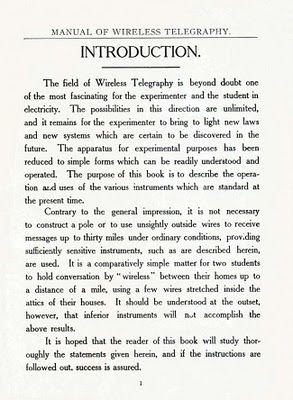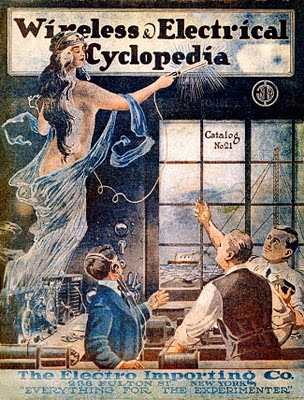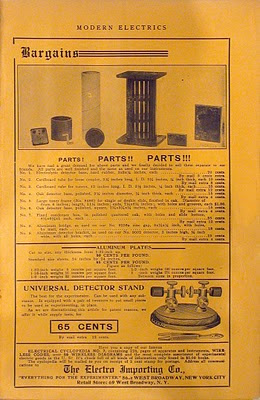
Edelman's book was first published in 1912, and there was at least one other edition, in 1922. In recent times, the book has been reprinted by a number of companies that specialize in public domain works, and these can be found at Amazon by clicking on the book's title in the first paragraph. The BiblioBazaar edition listing on Amazon lets you look inside and see a few typical pages from one of the editions (probably 1920 or 1922). Thanks to Steve Davis for the scan!















